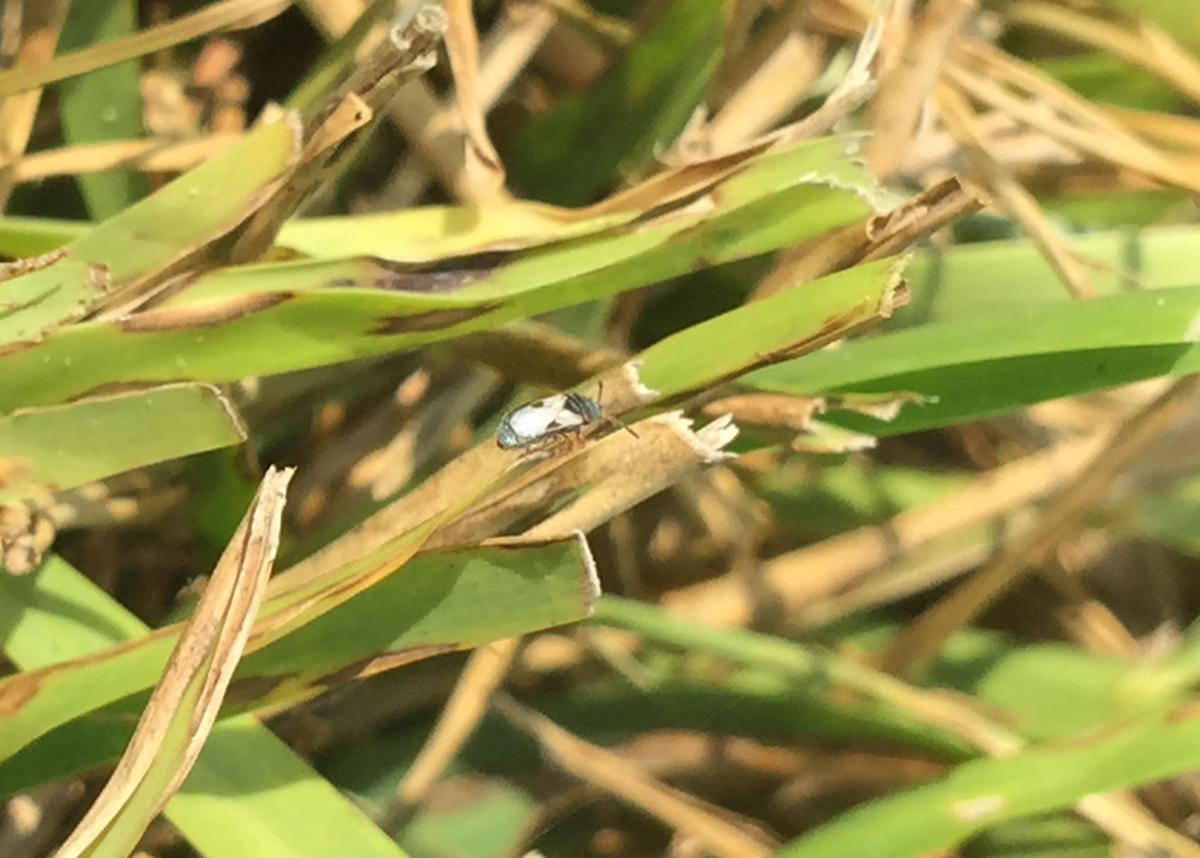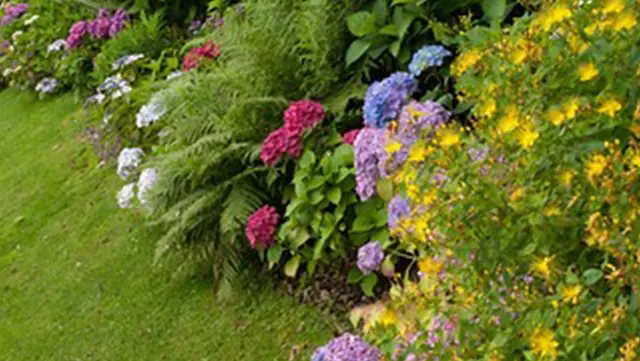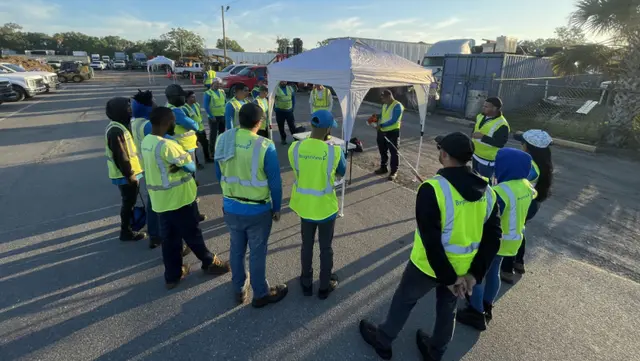
Stop Chinch Bugs in Their Tracks
Those yellow spots you see could be more than just dry grass.
If you’re welcoming spring with open arms, you’re not the only one; the southern chinch bug is, too. These tiny insects can pack a mighty punch to your lawn, quickly transforming it from lush to languishing. It’s likely you’ve even seen a chinch bug infested lawn before, but didn’t know it. That’s because the chinch bug’s damage closely mimics that of drought.
Here’s how to make sure the chinch bug doesn’t fly under the radar at your property.
What You Can’t See Can Hurt You
Chinch bugs have a distinctive appearance, which would be great if it were easy to see them. Measuring approximately 1/5” long, chinch bugs have black bodies and white wings marked by a black triangle. Some can fly, while others have wings too short to allow it. But most importantly, all have piercing mouthparts that allow the chinch bug to not only suck sap from your grass, but also inject a toxin in the process.
These warm-weather-loving bugs are inactive in the winter, and begin reproduction come spring. One female can lay hundreds of eggs, which hatch in just a couple weeks. Like all babies, the nymphs have voracious appetites, accelerating damage to your lawn. Chinch bugs are especially fond of St. Augustine, but have also been known to nosh on zoysiagrass, centipedegrass, bahiagrass, and bermudagrass. The thicker the turf, the more attractive they find it.

How to Spot the Chinch Bug’s Calling Card
Look for wilting grass blades, yellow-brown spots, and dried areas that have died. Areas along sidewalks and curbs, or portions of the turf that have poor irrigation coverage are where you’re mostly likely to see chinch bug damage first. If you suspect chinch bugs have taken up residence in your lawn, you might be able to spot them with a magnifying glass.
Alternatively, grab a metal cylinder or tube (such as a tin can with ends removed), and submerge it a few inches into the soil. Fill the cylinder with water and let it sit for 10 minutes. If chinch bugs are present, you’ll see them floating in the water. You might also see their nymphs, which are red or pink in color with a white stripe across the mid-section.
Get Rid of Chinch Bugs (and Keep Them Away)
The first step in preventing a chinch bug infestation is ensuring uniform irrigation coverage. Drought stressed lawns typically show damage soonest. Raise irrigation heads so they can spray the turf canopy without interference. It may also be necessary to add irrigation heads in areas with insufficient coverage.
Next, consider applying preventative applications of a systemic insecticide during May and June. This treatment will provide 3-4 months of control and help prevent damage from occurring. If an active chinch bug population is found, immediate treatment with an insecticide will reduce damage.
Most importantly, don’t fail to act. Without treatment, infestations can result in significant turf loss and the need to install sod in damaged areas. And, let’s face it—that would put a real damper on your spring (not to mention your budget). But, with good irrigation management and preventative treatment, you won’t have to worry about the chinch bug sucking the life out of your lawn.
Schedule Your Chinch Bug Damage Analysis
Suspect you have chinch bug damage? If left untreated, damage will continue to spread. BrightView's expert team can get your turf back on the right track, request a free analysis or give our team a call at 844.235.7778.



